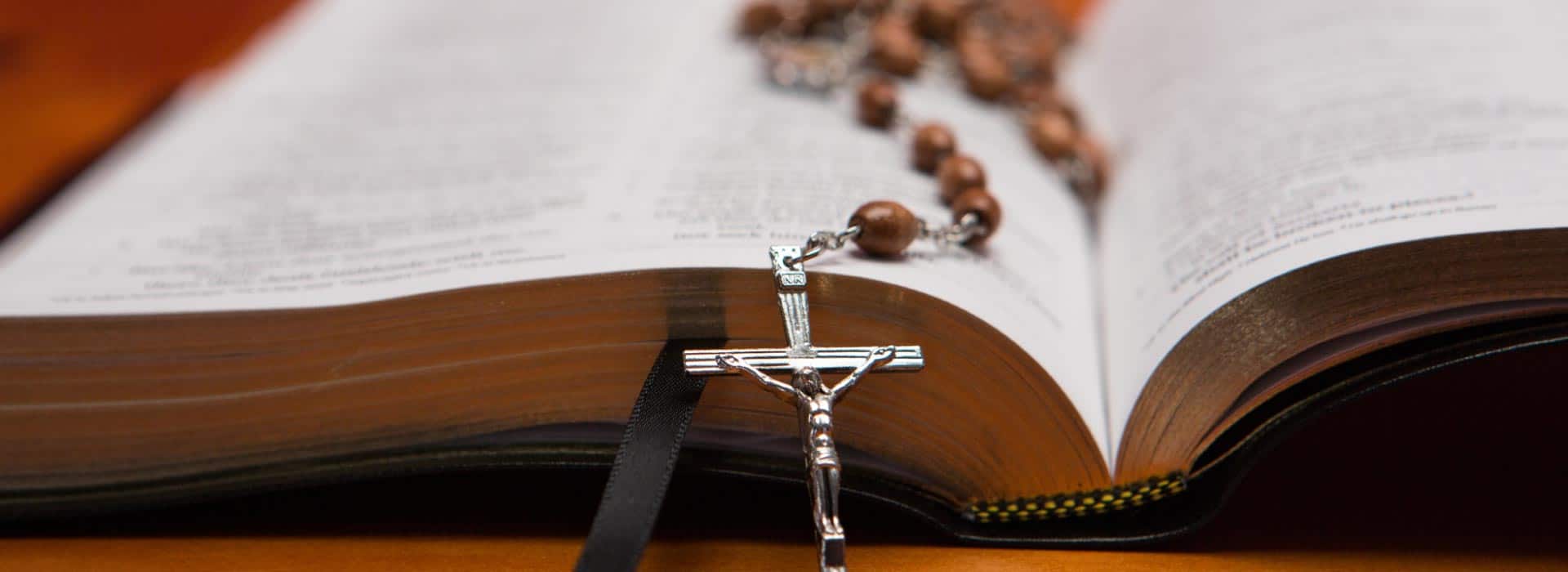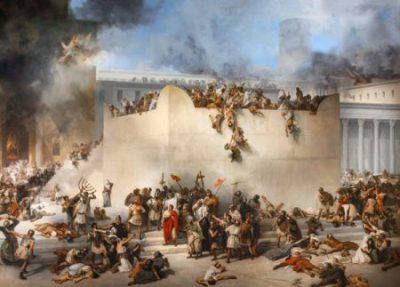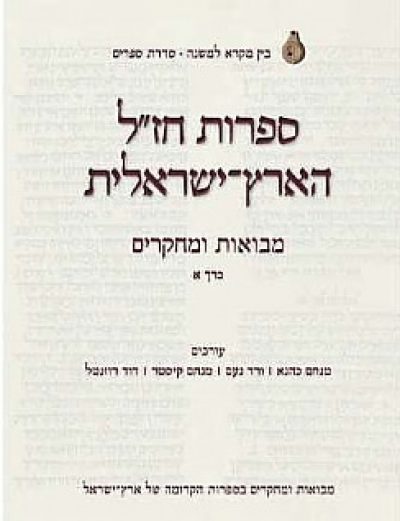The rabbi is the dominant clerical figure in Judaism. The term Rav (heb: רב ) means master and is used in the sense of teacher. Traditionally this is the primary role of the rabbi.
The rabbis evolved out of the Pharisaic faction in late second Temple times and the term has been used for Jewish spiritual leaders and teachers since about the time of Jesus. Early rabbis (s.v. Sages, חז”ל) were devotees Torah-piety dedicated to interpreting the Written Torah (s.v.) and applying it to Jewish life. They were the creators, masters and teachers of the Oral Torah (s.v.).
Rabbis are trained in yeshivot, academies dedicated primarily to the study of Talmud and Jewish law. Today the rabbi continues to be mainly a master of Jewish texts and a teacher of Judaism but is also often a Jewish community leader (especially in the Diaspora).
Some Rabbis are also dayanim, religious judges, who apply halakha to real-life situations. In most cases today this is limited to cases of divorce and other matters of personal status.
There is little in Judaism that only a Rabbi can do. Not all synagogues employ a rabbi – though they may have several as members. One does not need to be a rabbi to lead any part of the prayer services nor to read from the Torah. Even preaching and teaching in the synagogue (and elsewhere) is not limited to rabbis – though rabbis often fulfill theses roles.

Another traditional Jewish cleric is the hazzan or cantor. In ancient times the hazzan was an official of the synagogue (s.v.) who filled many roles but today the hazzan is a master of nusah or liturgy and the leader of prayer services. Synagogues in the Diaspora often employ a hazzan as well as a rabbi but this is not common in Israel where all Jews speak Hebrew and are more able to lead the service.
It is important to distinguish between the rabbi and the Kohen. Kohanim (pl.) are descendants of the biblical priest Aaron and achieve this status automatically by birth. Jews have preserved their genealogical history and kept track of who is a Cohen, a Levite (descendants of the tribe of Levi who are not Kohanim) or an “Israel” (everyone else). Certain roles are reserved for the Kohen (such as being called up as the first of seven for the reading of the Torah) or the Levite (who are called up second). Rabbis are often honored (by being called third to the Torah reading) but this is not automatic as it is in the case of kohanim and le-vi’im (pl.). Only Kohanim recite the “Priestly blessing” (Num. 6:24-26) at the end of many of the prayer services.
Traditionally only men are able to be ordained as rabbis but in the last generation the Reform and Conservative movements have ordained women as well.







